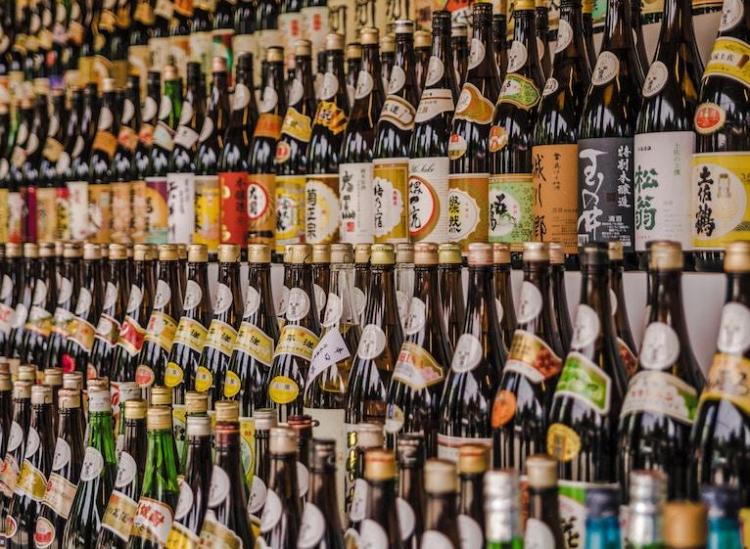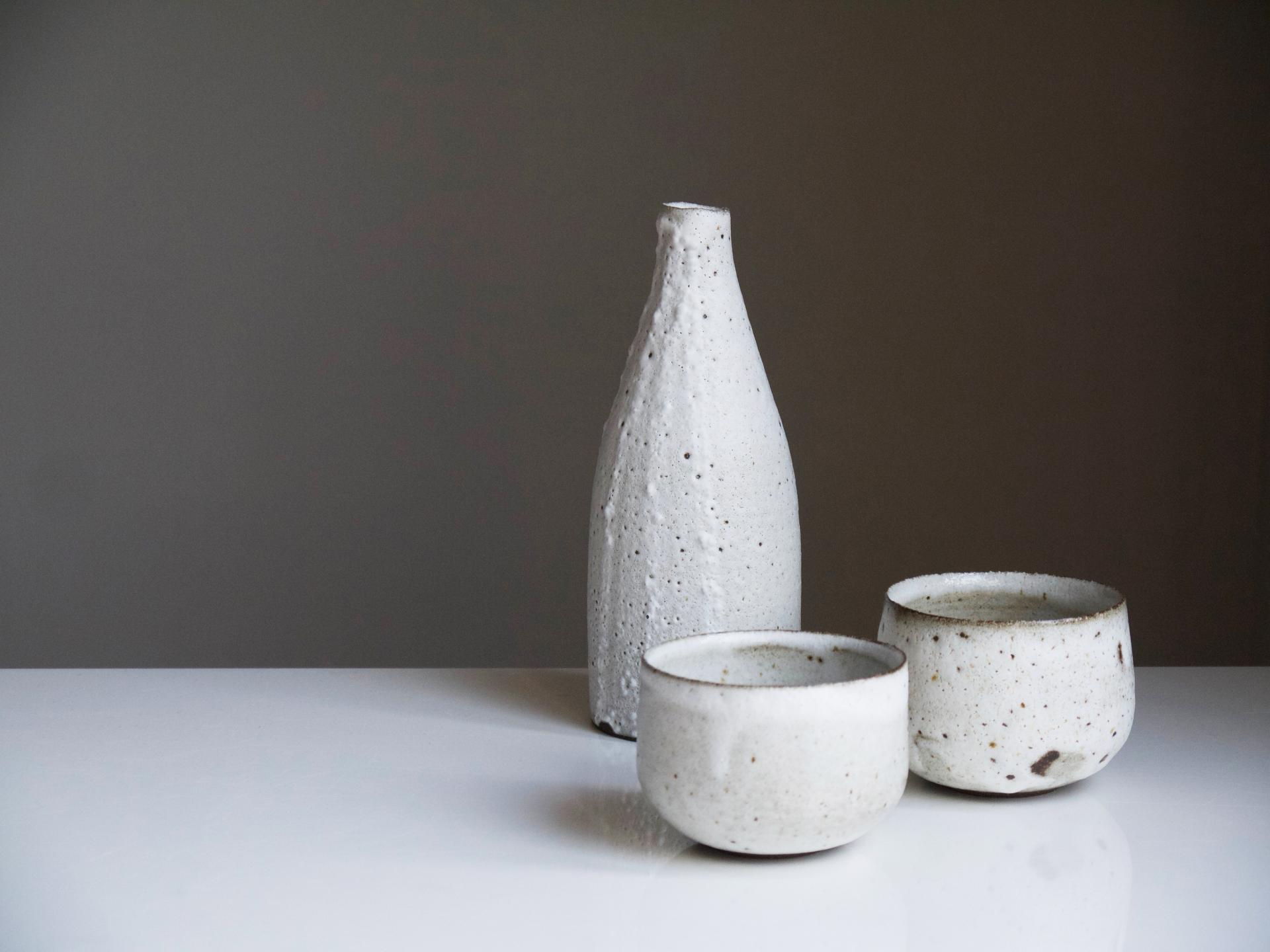Here’s What You Need To Know About The Wondrous World Of Drinking Sake

Unsplash
Sake isn’t rice wine and it’s time you know the real deal. While sake is in a category of its own, the rice drink is fermented just like beer. You might know sake as that warm drink they serve at sushi restaurants or those shots you bomb into your cheap beer while the whole restaurant stares at you. But sake is much more than a sushi pairing. It’s an art form. Here’s everything you need to know before diving into the wide world of sake.
How To Say It:
Depending on where you’re from, you’ll either pronounce it “sah-kee” or “sah-keh.” If you’re completely new to the fermented rice drink, you might think it’s pronounced sake, like “for your own sake” or “for the sake of your ramen.”
Bottom line: The correct pronunciation is “sah-keh.”
How To Serve It:
If you’ve ever had sake, you’re familiar with those traditional ceramic vessels. The sake flask, called a tokkuri, is bulbous with a narrow neck. The skinny neck helps to prevent heat from escaping when you’re serving sake warm. A sake set usually comes with a few ceramic cups to drink out of. In Japan, you might also see sake served warm in metal containers known as chirori or tanpo. Glass chirori can be used to chill your sake.
How To Drink It:

Unsplash
Drink it straight from the fridge or the slightest bit warm. Sake’s aroma can be fruity, nutty or caramel-like. As a general rule of thumb, better quality sake is more sensitive to heat and lower quality sake is ok served hot. The hotter you serve it, the more likely you are to demolish the sake’s delicate flavors, but if your sake is on the cheaper side it won’t matter how you serve it.
Pro tip: Ice will dilute the flavor, so it’s best to drink as is.
How To Buy It:
When it comes to alcohol content, sake usually falls in the 14 to 16 percent range. You’ll come across varieties like amazake, which is sweet with a low ABV (alcohol by volume), and genshu, which has no added water and a high alcohol content. If you come across jizake, it’s often a regional or local micro-brewed sake. Koshu is a sake that’s been aged until it develops a sweet honey-like taste.
How To Make It:
Great sake starts with great rice. There are four main ingredients in sake: rice, water, yeast and koji — a fungus used in East Asian cuisines to ferment soybeans, rice and other grains. The rice gets washed, soaked, steamed and cooled before the koji making begins.
Making koji is a 48-hour process that involves dusting koji spores on some of the rice in order to convert rice starches into sugar, which is consumed by the yeast to create alcohol.
Sake is often sold in dark brown glass bottles to protect the drink from any ultraviolet rays, which may damage the flavor and appearance.
How To Pair It:
Sake has just as much potential for food pairing as wine, beer or liquor. You should look out for sweetness, dryness, earthy notes, herbal notes, acidity or nuttiness. Pair sake with fatty meats like pork belly or fish, with your ramen, banh mi sandwiches, veggie dishes, tempura or anything with mushrooms. If you can pair the umami quality in your food with the umami quality in your sake, you have an all-star pairing on your hands.
Don’t limit sake to the sushi table. Just like your favorite wine and beer, sake is in a world of its own. Take some time to figure out your favorite style and open up your palate to the storied spirit.
RELATED
7 Interesting Ways You Can Put Sake In Your Cocktails
9 Products Every Liquor Enthusiast Will Appreciate
5 Cheap liquors That Don’t Taste Like Sh*t











